If you’re looking to extend your gardening season, a DIY cold frame is the perfect solution. With 25 free DIY cold frame plans available, you can safeguard tender plants and jumpstart your spring harvest with ease. Crafting a cold frame from recycled materials not only benefits the environment but also adds a touch of rustic charm to your garden space. The versatility of these plans allows you to select materials such as old windows or reclaimed pallet wood, turning the act of building a cold frame into a sustainable endeavor.
A cold frame caters to seedlings’ needs, offering protection from the chill while inviting ample sunlight. For urban gardeners, a DIY cold frame for a raised garden bed is an impeccable solution that maximizes limited space. Moreover, these projects are budget-friendly, with plans detailing how to make a cold frame without breaking the bank. Using recycled windows for an inexpensive cold frame contributes to both thriftiness and eco-friendliness, embodying the essence of resourceful gardening.
With these step-by-step guides, building cold frames becomes a simple task. Tailored for varied needs, the guides cover everything from a basic cold frame garden box to an elaborate cold frame raised bed. Whether it’s to kickstart a vegetable patch in the winter or protect perennials, constructing a cold frame enhances your horticultural projects. Now, with accessible instructions and detailed materials lists, you can start the rewarding journey of cold frame gardening and revel in the bounty of nature year-round. Happy gardening! 🌱🌻🌿
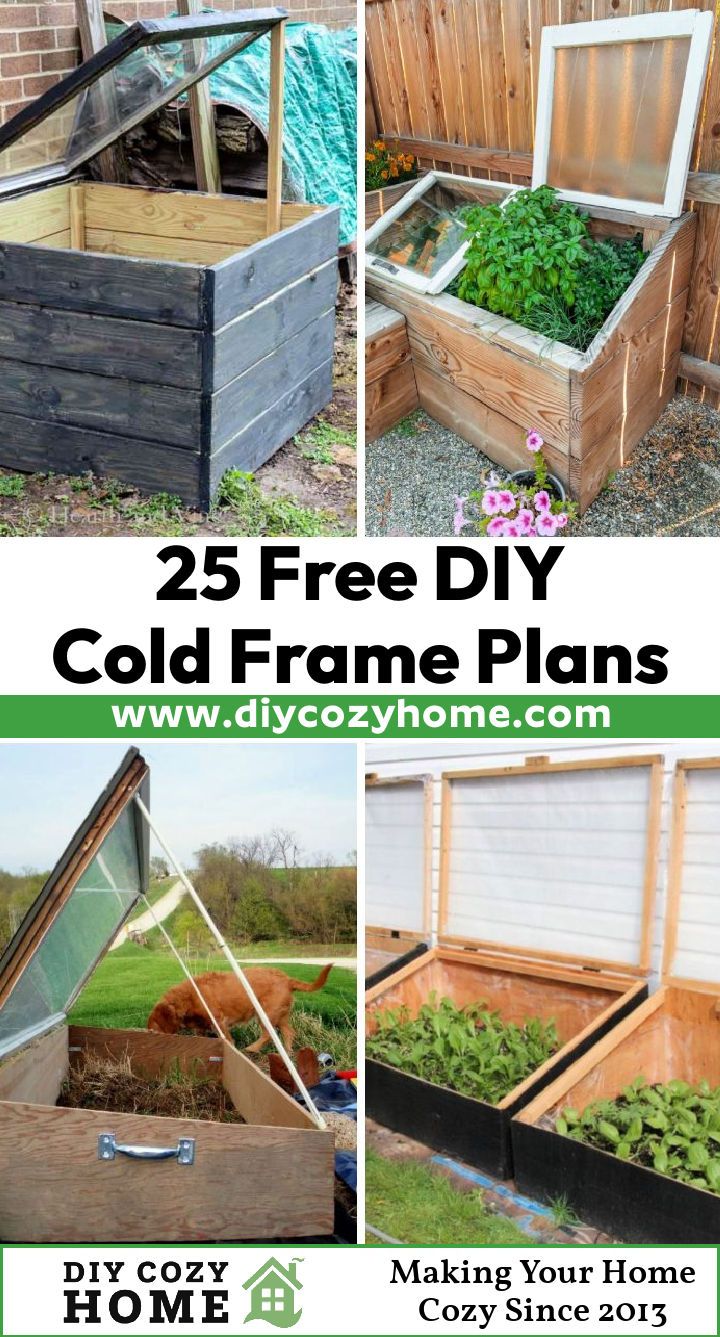
How to Build a Cold Frame
A cold frame, a simple structure with a transparent roof, serves as a miniature greenhouse for your garden. Its a bottomless box that protects your plants from adverse weather conditions, allowing you to extend your gardening season. This article will guide you through the process of building your own cold frame, ensuring your plants can thrive even in colder weather.
Why Use a Cold Frame?
Cold frames are an invaluable tool for gardeners. They provide a protective shield against strong winds and severe cold, creating a microclimate that is a few degrees warmer than the outside environment. This warmth can be a game-changer in the spring and autumn, allowing you to sow seeds earlier and keep plants growing later in the season. Additionally, cold frames are perfect for hardening off seedlings that were started indoors, gradually acclimating them to outdoor conditions.
Materials Needed
Building a cold frame doesnt require a vast array of materials or tools. The frame is typically constructed from wood due to its availability and ease of use. Hardwood is a great choice if you can find it, as its more durable than softwood. However, its crucial to avoid wood treated with non-earth-friendly products like creosote, especially if the cold frame will be placed directly on the soil. The transparent roof can be made from a variety of materials, but old windows or polycarbonate panels are commonly used due to their durability and light transmission.
Building the Cold Frame
Learn how to build a cold frame in this concise guide. Discover the steps to build your own cold frame for gardening purposes.
Step 1: Build The Front Of The Frame
The first step in constructing your cold frame is to build the front of the frame. This involves cutting your wood to the desired size and attaching the pieces together to form a sturdy front panel. Its important to ensure that all pieces are cut accurately and fit together well to create a solid structure.
Step 2: Attach The Planks To The Battens
Once the front of the frame is assembled, the next step is to attach the side planks to the front batten. This forms the main structure of the cold frame. Again, precision is key here to ensure that the frame is sturdy and square.
Step 3: Attach The Lids
The final step in the construction process is to attach the lid to the frame. The lid should fit snugly onto the frame and be easy to open and close. Its important to ensure that the lid is flush with the rest of the frame to prevent heat from escaping and to protect your plants from the elements.
Step 4: Insulate the Cold Frame
Insulating your cold frame can help to retain heat and protect your plants from freezing temperatures. One common method is to line the inside of the frame with bubble wrap. This not only insulates the cold frame but also allows light to pass through.
Step 5: Position the Cold Frame
The positioning of your cold frame is crucial for capturing maximum sunlight. Ideally, it should be placed in a south-facing location that receives plenty of light. The site should also have good drainage to prevent waterlogging.
Step 6: Monitor the Temperature
Monitoring the temperature inside the cold frame is essential to prevent overheating on sunny days. A simple thermometer can help you keep track of the temperature. On warmer days, the lid can be propped open to allow excess heat to escape.
Step 7: Maintain Your Cold Frame
Regular maintenance will ensure your cold frame lasts for many seasons. This includes cleaning the transparent lid to allow maximum light penetration and checking the frame for any signs of wear or damage.
Step 9: Seasonal Care for Your Cold Frame
Just like any other part of your garden, your cold frame needs seasonal care. In spring, its time to start your seedlings and harden off any plants that were started indoors. Keep an eye on the temperature, as spring sun can quickly heat up the inside of the cold frame. Ventilate as needed to prevent overheating.
During the summer, your cold frame can be used to provide a little extra warmth to heat-loving plants like peppers and tomatoes. However, be sure to provide plenty of ventilation to prevent it from becoming too hot and humid, which can lead to disease.
In autumn, you can plant crops like lettuce and spinach for a late harvest. As the days get shorter and the temperatures drop, your cold frame will provide the extra warmth and protection these plants need to thrive.
Finally, in the winter, your cold frame can be used to protect hardy greens and root vegetables. With a little care, you can enjoy fresh vegetables produce from your garden all year round!
Remember, gardening is not just a hobby, its a lifestyle. Its about being in touch with nature, understanding the rhythm of the seasons, and reaping the rewards of your hard work. So, embrace the challenges, enjoy the process, and most importantly, have fun!
Free DIY Cold Frame Plans for Gardening
Discover free DIY cold frame plans to enhance your gardening skills. Get started on your own gardening project with these helpful resources.
Building a cold frame is a rewarding project that extends your gardening season. With basic materials and some time, create a nurturing environment that protects plants from the cold and helps them thrive. Start building your cold frame today and enjoy year-round gardening! Remember, insulation, positioning, temperature monitoring, and regular maintenance are key. Happy gardening!
1. DIY Garden Cold Frame With Recycled Windows

Making a DIY garden cold frame using recycled windows not only gives old materials new life but also extends your growing season. It’s a creative and eco-friendly way to protect your plants from the cold.
2. How to Make a Cold Frame From Pallet Wood
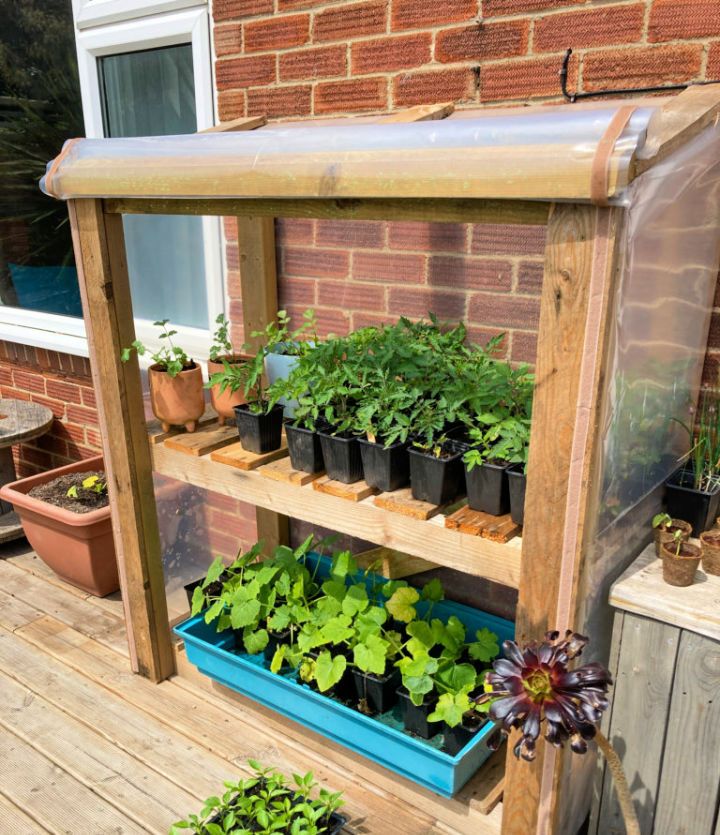
Transforming pallet wood into a cold frame is both sustainable and practical. This approach lends a rustic charm to your garden while providing a snug environment for your plants to thrive in during cooler weather.
3. Build a Cold Frame for Seedlings
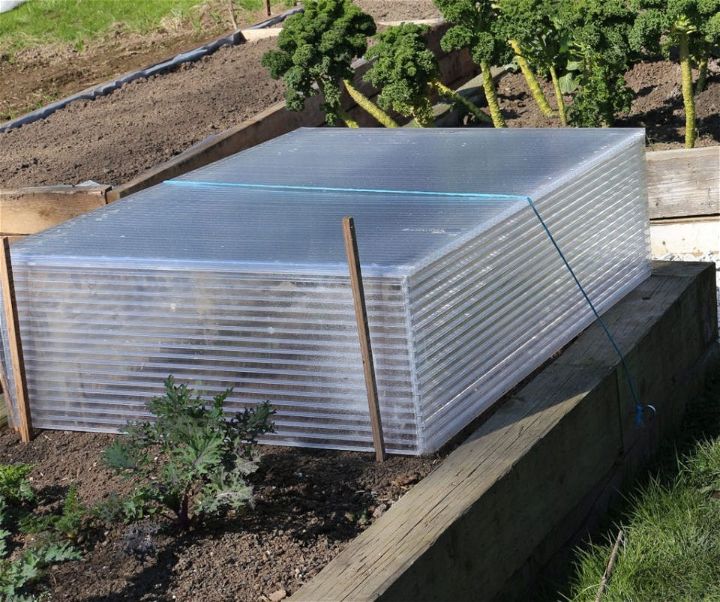
Building a cold frame for your seedlings can jump-start your garden. This microclimate allows for an earlier start to the planting season, giving your plants a head start.
4. DIY Cold Frames for a Raised Garden Bed
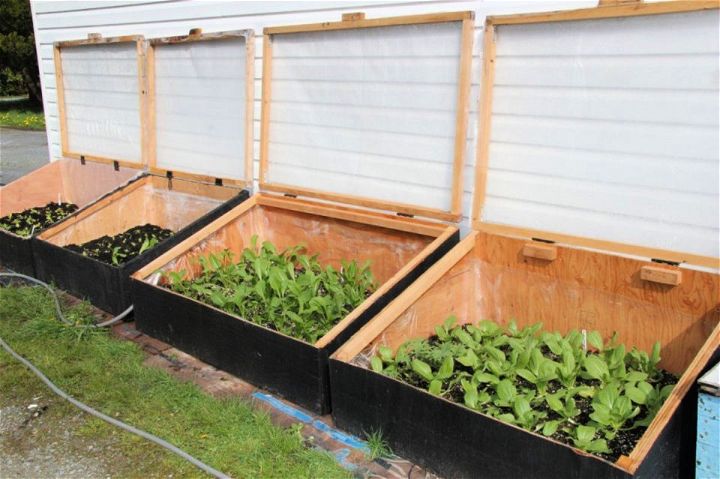
Incorporating cold frames into a raised garden bed enhances plant growth and protection. This setup is perfect for gardeners looking to maximize their space and extend the growing season with minimal effort.
5. Inexpensive Cold Frame From Recycled Windows
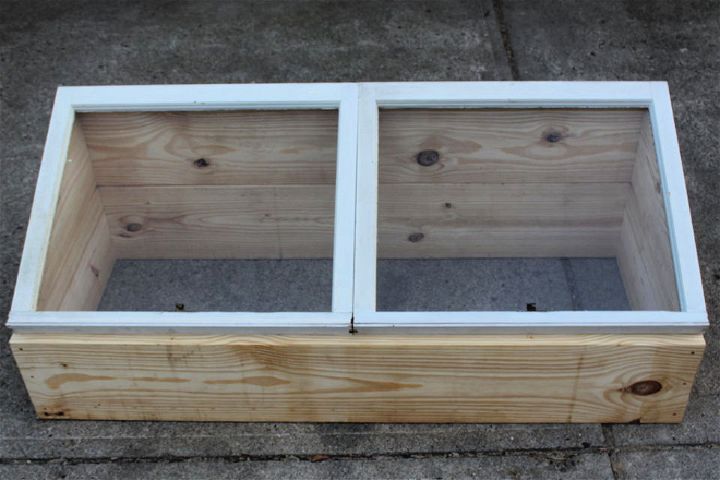
An inexpensive cold frame made from recycled windows not only saves money but also contributes to environmental sustainability. This project demonstrates how simple materials can create a functional space for plants.
6. Make Cold Frames to Grow Vegetables in the Winter
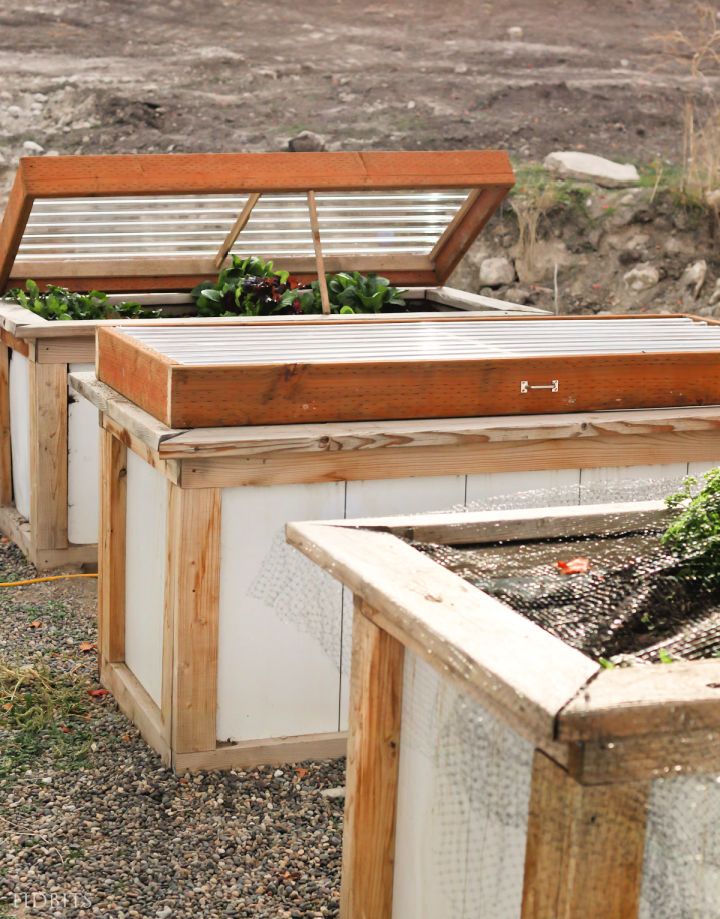
Employing cold frames to grow vegetables in winter can transform your garden into a year-round food source. This method allows you to harvest fresh produce even in the coldest months.
7. Easy Cold Frame Project

An easy cold frame project can be a weekend adventure that pays off throughout the year. This simple structure can protect your plants from frost while providing them with a warm environment in which to grow.
8. Homemade Raised Bed Cold Frame
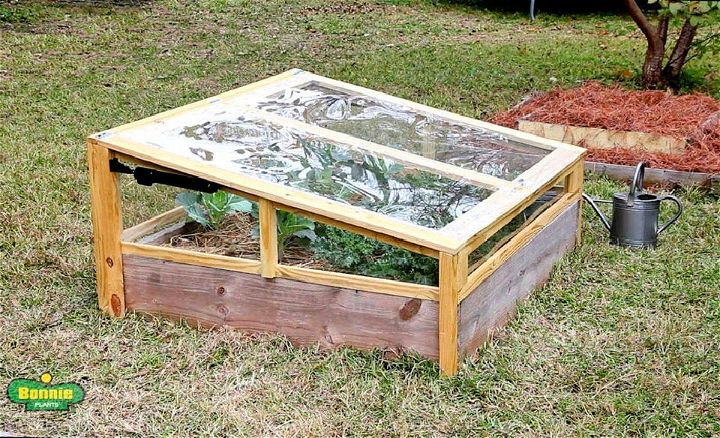
A homemade raised bed cold frame combines elevation with insulation, making it easier to manage and maintain your plants. This design is ideal for gardeners who prefer not to bend down too much.
9. DIY Cold Frame With Recycled Materials
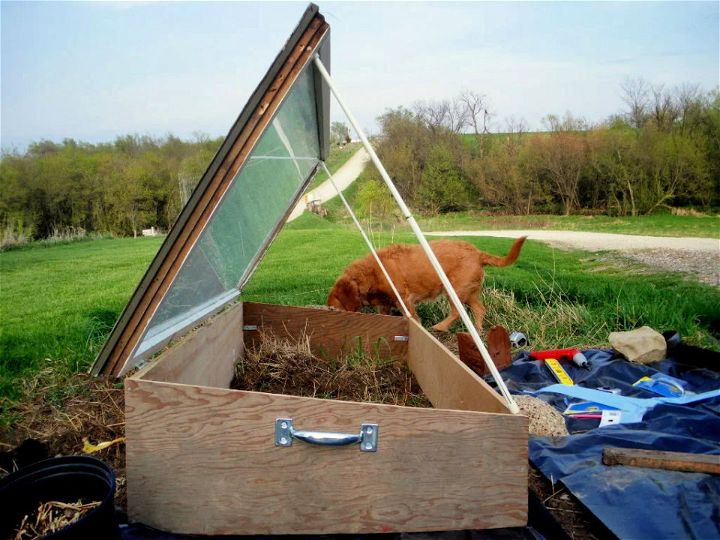
Making a cold frame with recycled materials not only reduces waste but also provides a cost-effective way to shield your plants from the chill, showcasing the power of repurposing in gardening.
10. Building a Cold Frame
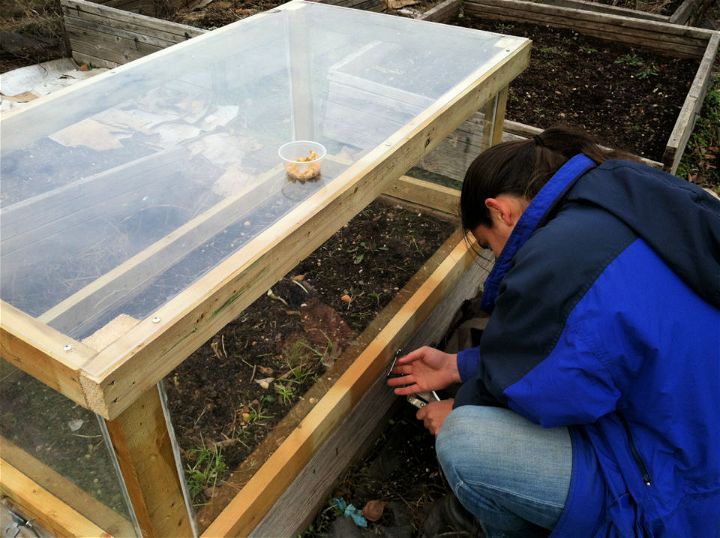
Building a cold frame is a straightforward project that can make a significant difference in your garden’s productivity. It’s all about creating a warm haven for plants during cooler temperatures.
11. How to Make a Cold Frame Using Old Windows

Using old windows to make a cold frame is both resourceful and stylish. This method allows you to make a customizable greenhouse effect for your plants, leveraging natural resources to do so.
12. DIY Cold Frames From Salvaged Materials

DIY cold frames from salvaged materials stand as proof that with creativity, you can construct a thriving garden. This eco-friendly approach fosters growth while minimizing waste.
13. Easy DIY Cold Frame for Plants
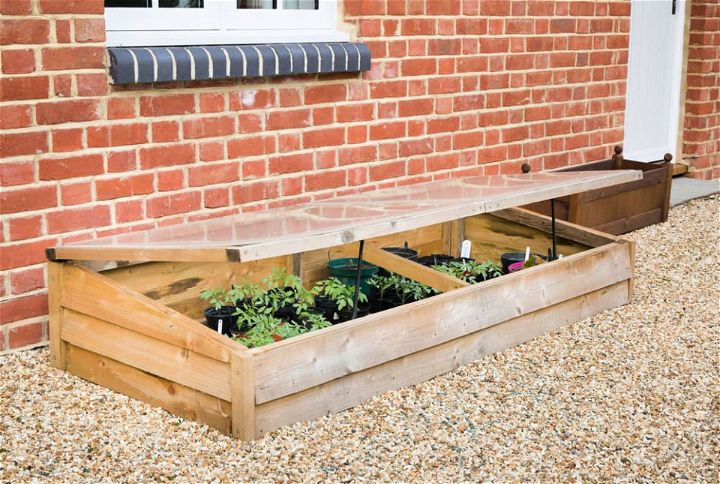
An easy DIY cold frame for plants offers a refuge from harsh weather conditions, ensuring that your greenery can prosper year-round. It’s a simple yet effective solution for garden enthusiasts.
14. Make Your Own Cold Frame

Making your own cold frame can be a rewarding experience. It provides a safe and warm area for your plants to mature, highlighting the joys of handcrafted gardening solutions.
15. How to Do Cold Frame

Learning how to do a cold frame introduces you to a world where seasons don’t dictate your gardening schedule. This method is ideal for those looking to extend their growing capabilities.
16. DIY Cold Frame in 6 Steps

A DIY cold frame in 6 steps simplifies the construction process, making it accessible to even novice gardeners. Follow this guide to quickly provide your plants with the protection they need.
17. Build Your Own Cold Frame
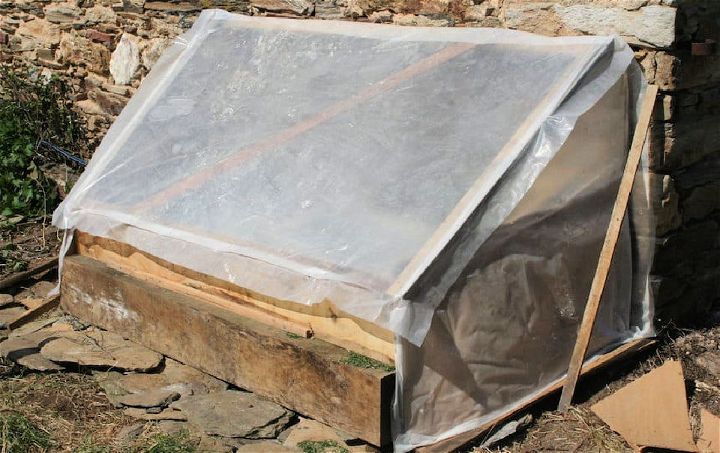
Building your own cold frame empowers you to customize your gardening experience. Tailor your cold frame’s size and materials to fit your garden’s unique needs, offering flexibility in your approach.
18. Handmade Cold Frame

A handmade cold frame carries a personal touch that can’t be bought. This project lets you directly influence your plant’s environment, crafting a space that’s both protective and nurturing.
19. Making Your Own Cold Frame From a Pallet
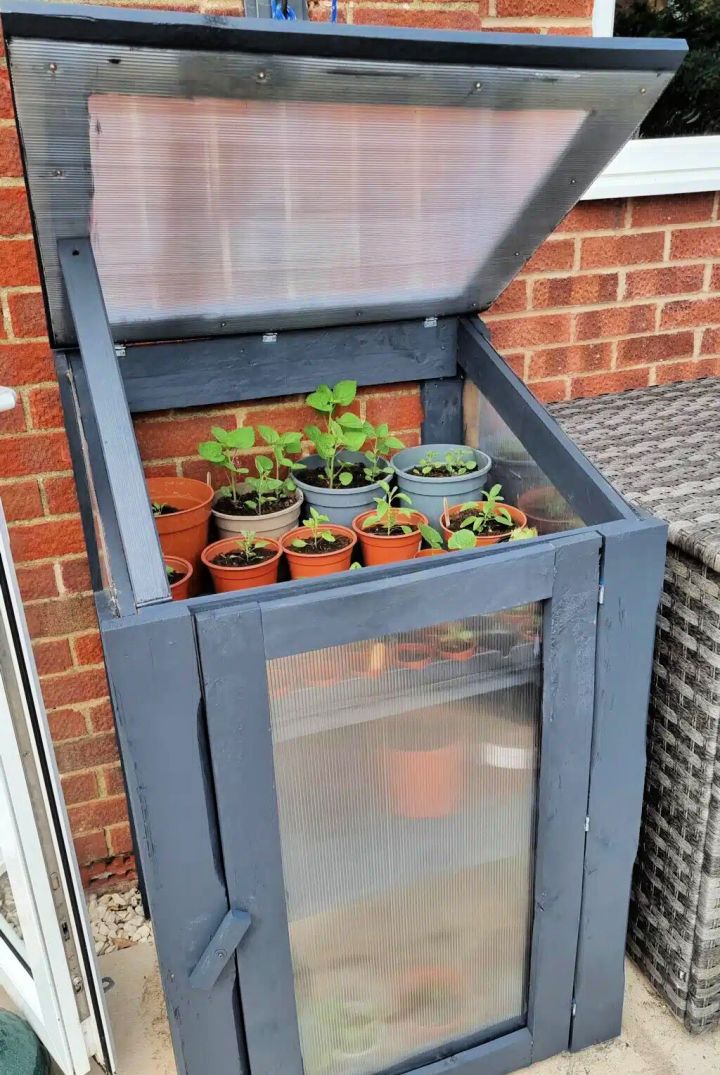
Building your own cold frame from a pallet combines resourcefulness with functionality. This method is perfect for those looking to upcycle while creating a cozy spot for their plants.
20. How Do You Make a Cold Frame
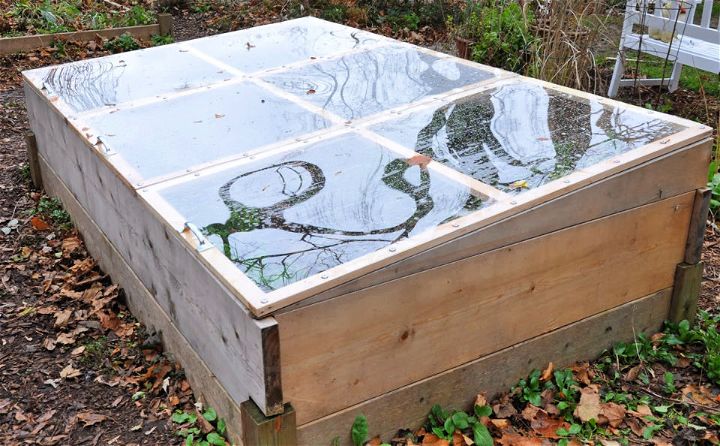
Making a cold frame can be a straightforward task with the right guidance. It’s all about making a positive environment for your plants to withstand colder months.
21. Simple DIY Cold Frame

A simple DIY cold frame is within reach for anyone with basic tools and a weekend to spare. This project can significantly enhance your gardening experience by protecting your plants from frost.
22. How to Make Your Own Cold Frame
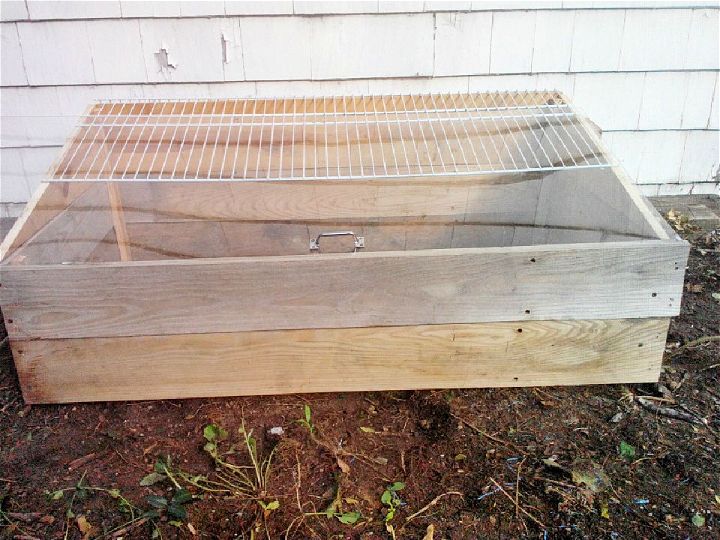
Making your own cold frame is a satisfying venture. It offers a controlled climate for your plants to flourish in, even when outside temperatures are less than ideal.
23. DIY Cold Frame From Salvaged Materials
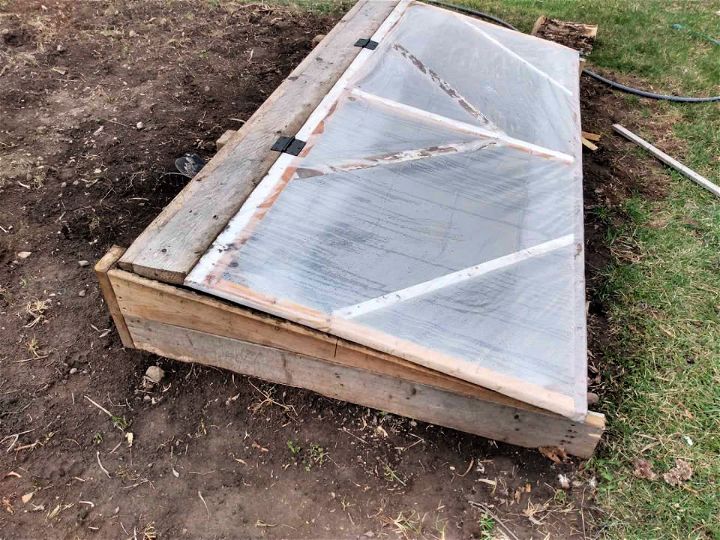
A DIY cold frame from salvaged materials demonstrates how innovation can meet sustainability in the garden. This approach adds character to your garden while safeguarding your plants.
24. How to Make a Cold Frame Using Wood
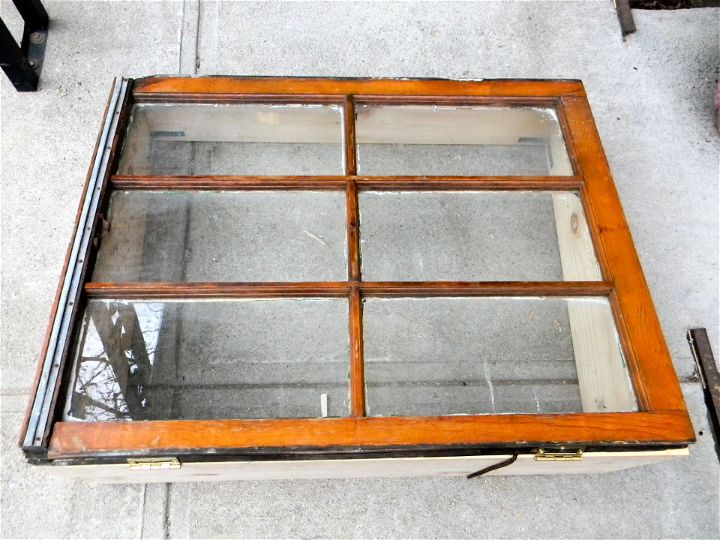
Building a cold frame using wood offers natural insulation and durability. This project enables you to make a custom fit for your garden, offering a warm and protected space for your plants to grow.
25. Making a PVC Cold Frame
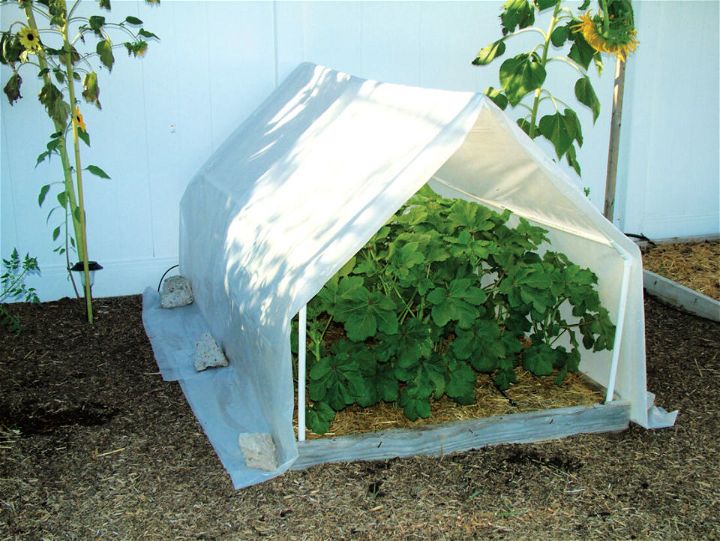
Making a pvc cold frame is a lightweight and versatile option for garden protection. This method is ideal for those seeking a durable and easy-to-move solution for their plant’s growth needs.
Conclusion:
In conclusion, our comprehensive guide on ’25 free DIY cold frame plans for gardening’ offers a wealth of practical and inspiring ideas for gardening enthusiasts. From crafting a garden cold frame with recycled windows to building your own cold frame for seedlings, these plans are designed to cater to your unique needs and preferences. Our DIY projects not only help you make cost-effective cold frames but also promote sustainability through the use of recycled materials. Whether you’re looking to grow winter vegetables or start a homemade raised bed, our DIY cold frame plans serve as a valuable resource. So, roll up your sleeves, get creative, and let’s bring your gardening ambitions to life!
